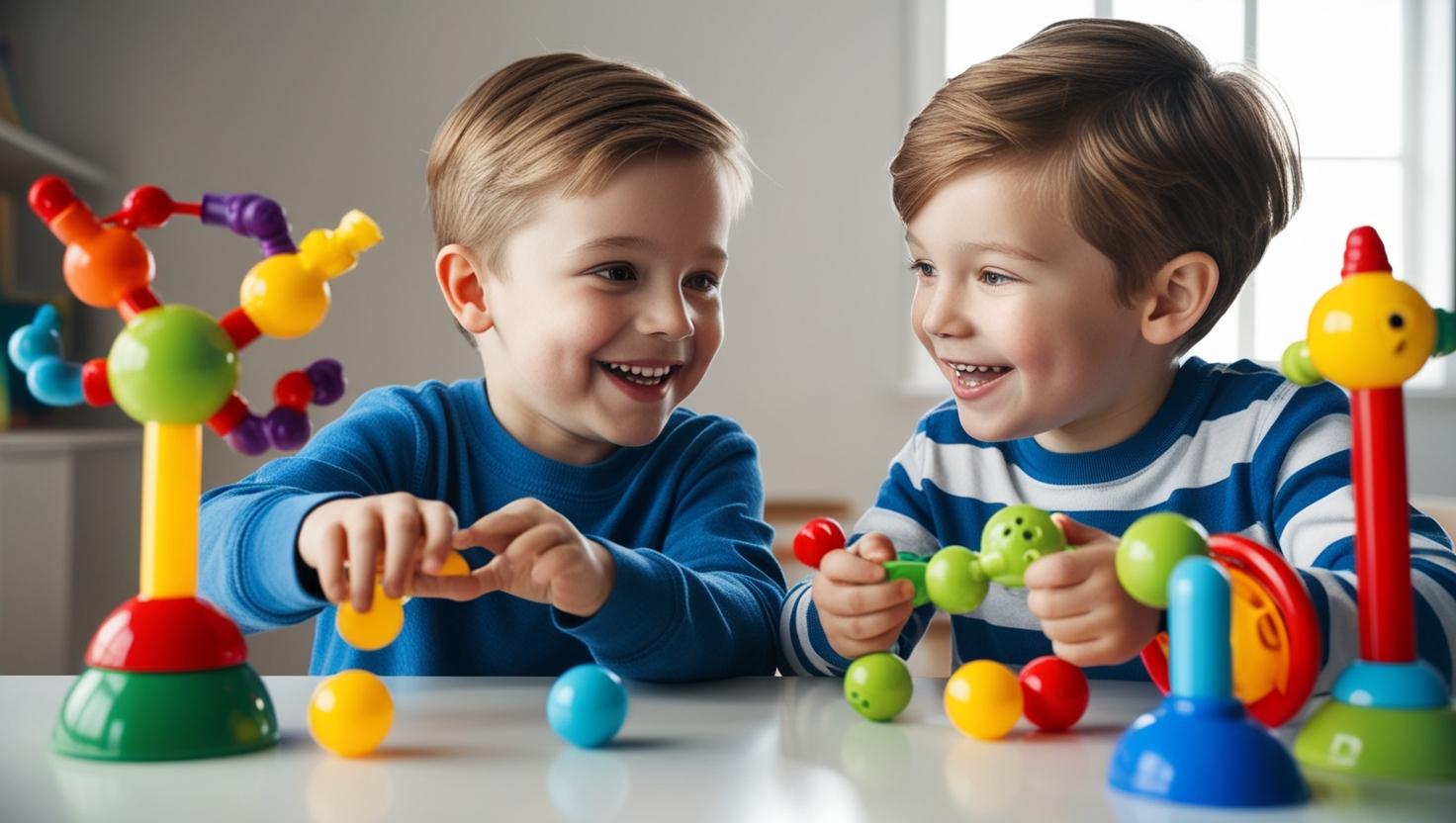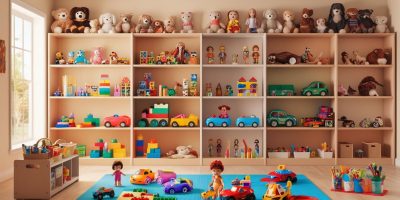Do your kids get bored of new toys just weeks (or days) after they arrive? You’re not alone. Many parents face this dilemma, especially with STEM toys that are often rich with potential—but only if used creatively and consistently.
The solution? Toy rotation.
A smart system that keeps your child’s interest high, extends the value of each toy, and helps you avoid constant purchases. Think of it like managing a personal toy library right at home.
Let’s explore how to implement a simple toy rotation system that works—especially with STEM kits and educational play sets.
What Is Toy Rotation?
Toy rotation is the process of:
- Organizing toys into small, themed groups
- Hiding some toys temporarily
- Switching toys every few days or weeks
This method keeps toys “fresh” by reintroducing them as if they’re brand new. It’s especially powerful for STEM toys because these often have multiple uses and learning outcomes.
Why It Works for STEM Toys
STEM toys aren’t just for entertainment—they’re designed for exploration. But overexposure can dull curiosity. By rotating toys, you give kids:
- New reasons to experiment with old kits
- The chance to apply newly learned skills
- Space for creativity and problem-solving to evolve
How to Set Up a STEM Toy Rotation System
1. Sort Your Toys
Group them by:
- Subject (Coding, Engineering, Science, Math)
- Type (Building, Logic, Robotics, Exploration)
- Complexity (Beginner, Intermediate, Advanced)
2. Choose 4–6 Toys for Active Use
Keep a small number of toys accessible at one time—less is more. Too many options lead to distraction.
3. Store the Rest Out of Sight
Use bins, bags, or boxes labeled by theme or age level. Make sure they’re easy to access for scheduled swaps.
4. Rotate Every 1–2 Weeks
Observe your child’s interest. If they’re bored or less curious, swap one toy at a time—or the whole batch.
Bonus: Add New Challenges
Reintroduce toys with new goals:
- Build a different robot
- Code a maze with tighter rules
- Use the microscope on outdoor samples
- Try building something without instructions
These small tweaks renew engagement without spending a penny.
Best STEM Toys to Rotate
Here are a few Amazon-recommended toys that work especially well in rotation systems:
- Snap Circuits Jr. – Use with new circuits every round
- Osmo Starter Kit – Add a new app or challenge during each cycle
- ThinkFun Gravity Maze – Change puzzle setups to keep it interesting
- LEGO STEM Kits – Challenge kids to build something from memory or imagination
Tips for Parents
- Keep a “rotation calendar” or reminder on your phone
- Involve your child in choosing which toys return next
- Pair toy rotation with learning goals for extra motivation
- Use rotation to naturally limit screen time and encourage focused play
Conclusion
STEM toys are a long-term investment—but only if you use them wisely. With a rotation system, you don’t need to buy new toys to keep your child’s curiosity alive. All you need is a little structure, creativity, and consistency.





